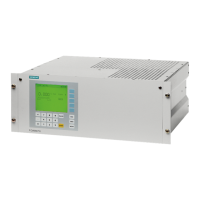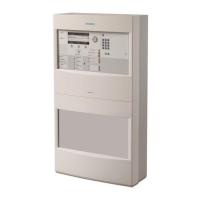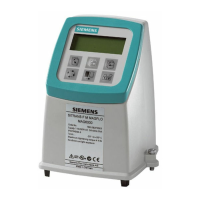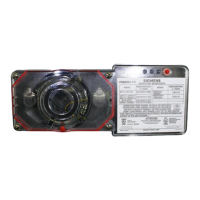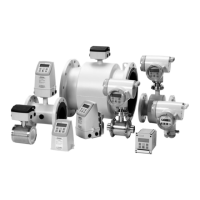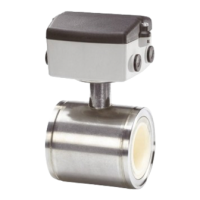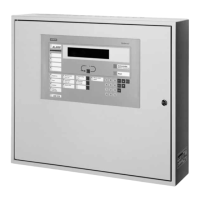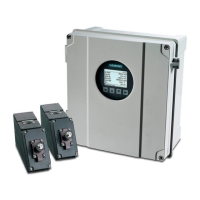The time constant T
D
applies to small changes
in signal without a defined range ∆ (in % of
respective f.s.v.). The time T
90
defined in
function 13 applies to larger changes in signal.
T
D
must be larger than T
90
. In this manner, noise
is optimally suppressed in the case of small
changes; in the case of larger changes
(> ∆), the modified signal is recorded faster by
automatic switching over to the time constant
T
90
.
Factory setting: 3.0/1.0 (FID 5E-I, -A, -AS)
8.0/3.0 (FID 5E-E)
The time constant T
90
(0.1 to 100 s) is used to
reduce the noise. The signal delay increases
with increasing T
90
.
Factory setting: 0.0
** 14 Set dynamic time constant T
D
(dynamic noise
rejection)
** 13 Set time constant T
90
4
Identifier
∆ (% of f.s.v.)0.0 to 100.0
CL
1
2
1
T
D
(0.0 to 100 s)Identifier
Time constants
E
E
1
T
90
0.0 to 100 seconds
CL
3
A-24

